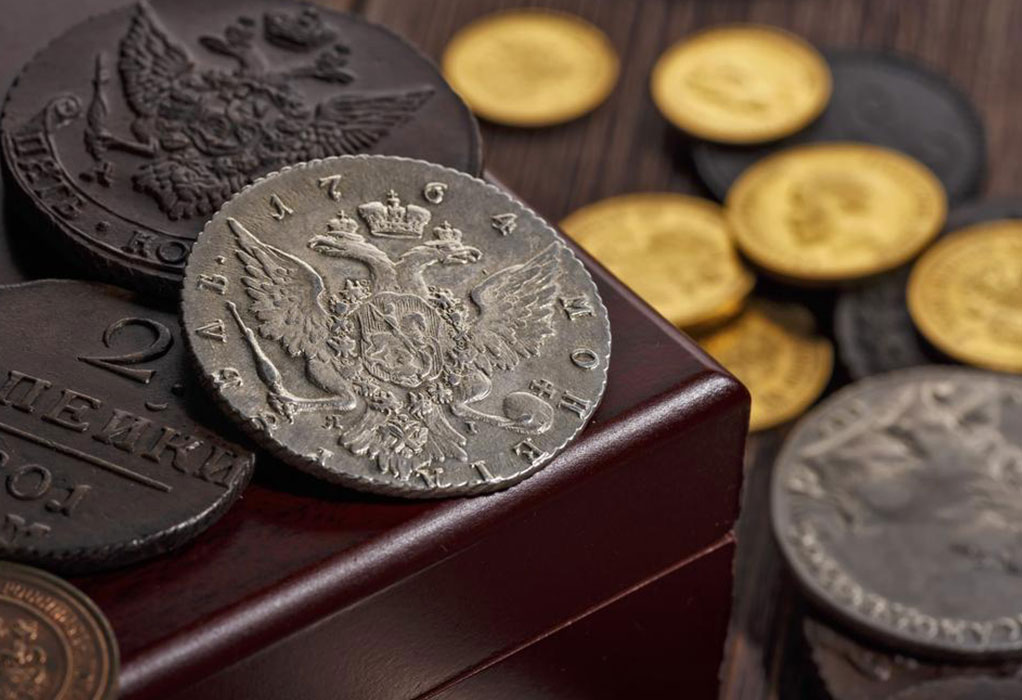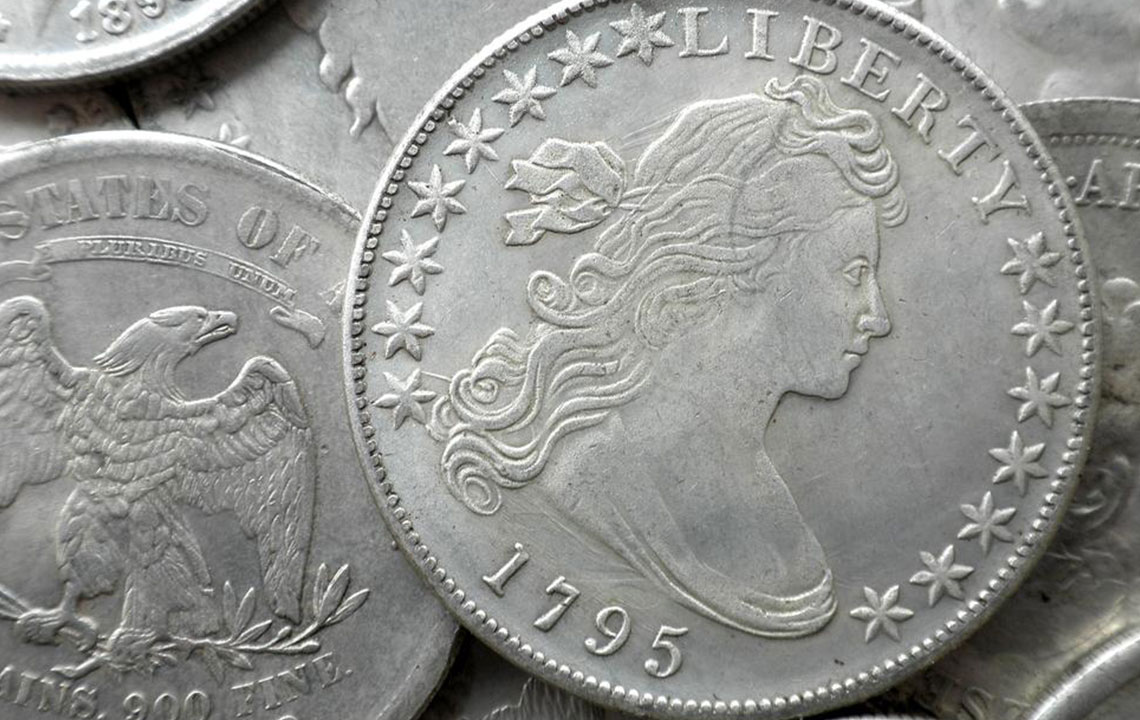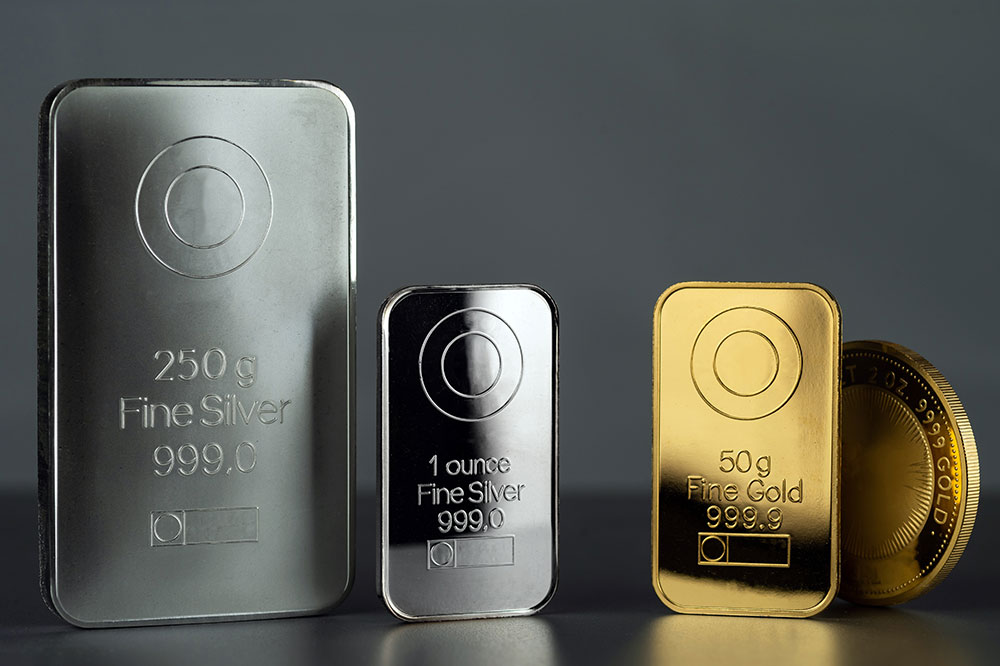Guide to Investing in Gold Bullion for Beginners
Learn how to invest in gold bullion effectively. This guide covers types of bullion, purchasing tips, storage options, reputable dealers, and risk management. Gold remains a stable investment choice in uncertain economic times, offering better security than stocks or bonds. Understand important considerations and avoid scams for smarter financial growth through gold bullion.

Guide to Investing in Gold Bullion for Beginners
Gold bullion includes precious metals like gold and silver in forms such as coins, bars, or ingots that are traded in financial markets. The term 'bullion' originates from French finance minister Claude de Bullion, who served under Louis XIII. The value of bullion depends on its purity and weight, which are measured precisely through traditional fire assays and modern spectroscopic techniques to ensure accurate purity assessment, guaranteeing fair pricing for investors.
In the current economic climate characterized by low bank interest rates and stagnant bonds, acquiring gold presents an attractive investment opportunity.
Investing in gold bullion is accessible and cost-effective, often comparable to exchange-traded funds. Before purchasing, investors should decide on the type of bullion—be it coins, bars, wafers, or ingots—as costs vary. For example, in the U.S., gold coins tend to be pricier due to premiums and manufacturing expenses, whereas bars are more economical but may involve higher transaction fees. Securing a safe storage option, such as renting a bank safe deposit box or utilizing secure vaults, is vital. Additionally, choosing reputable sellers, whether online or physical, is crucial. Some dealers offer buyback policies to assist investors in times of cash need, but it's important to verify their legitimacy to avoid scams.
Gold maintains stable purchasing power over time, unlike stocks, making it a reliable hedge. The most popular options are North American coins like the Canadian Maple Leaf and the American Gold Eagle, which are easy to buy and sell. The Maple Leaf is a pure 24-karat coin, while the Eagle is 22-karat and guaranteed by the U.S. Mint. These coins are often added to retirement accounts or IRAs and are widely recognized. Introduced in 2006, the American Buffalo 24-karat coin offers the highest purity but is less traded due to higher costs and limited awareness. Gold bars, typically 10-ounce units, involve higher investments and can be less convenient for resale due to shipping and transaction complexities.
The U.S. Mint does not sell bullion directly, only proof versions, but provides dealer locations on its website. When buying, compare prices across multiple dealers to secure the best deal; coins usually trade at a premium over spot price. For accessibility, the 1-ounce coin is recommended, as it has a lower premium than other sizes.
Investors should exercise caution with rare coins unless properly trained, as similar-looking coins can differ significantly in value. Authenticity can be verified through grading by experts and certification. When purchasing bullion, inquire about dealer buyback policies—some dealers may charge fees, while others offer free buyback options. Proper research helps in making informed decisions and protecting investments.
Ultimately, investing in trusted institutions and established dealers ensures better security and returns. Be vigilant to avoid scams and make wise, well-informed investment choices in gold bullion.
Note:
Our blog provides general insights and research; it should not replace professional investment advice. Users are advised to verify information independently and consider all options before making decisions. The editorial team is not responsible for discrepancies or missed offers on other platforms.










